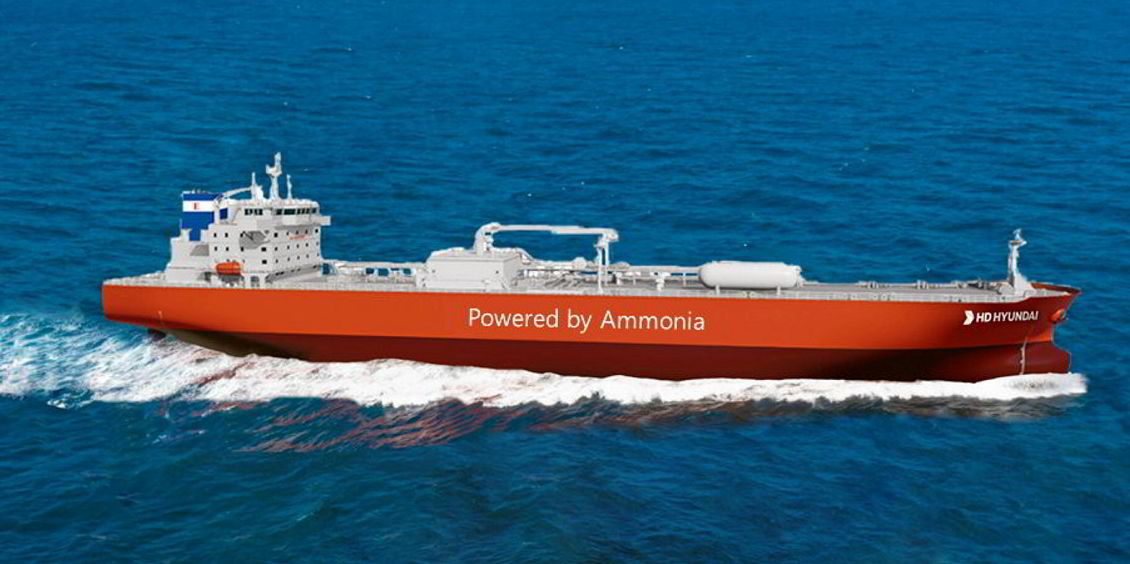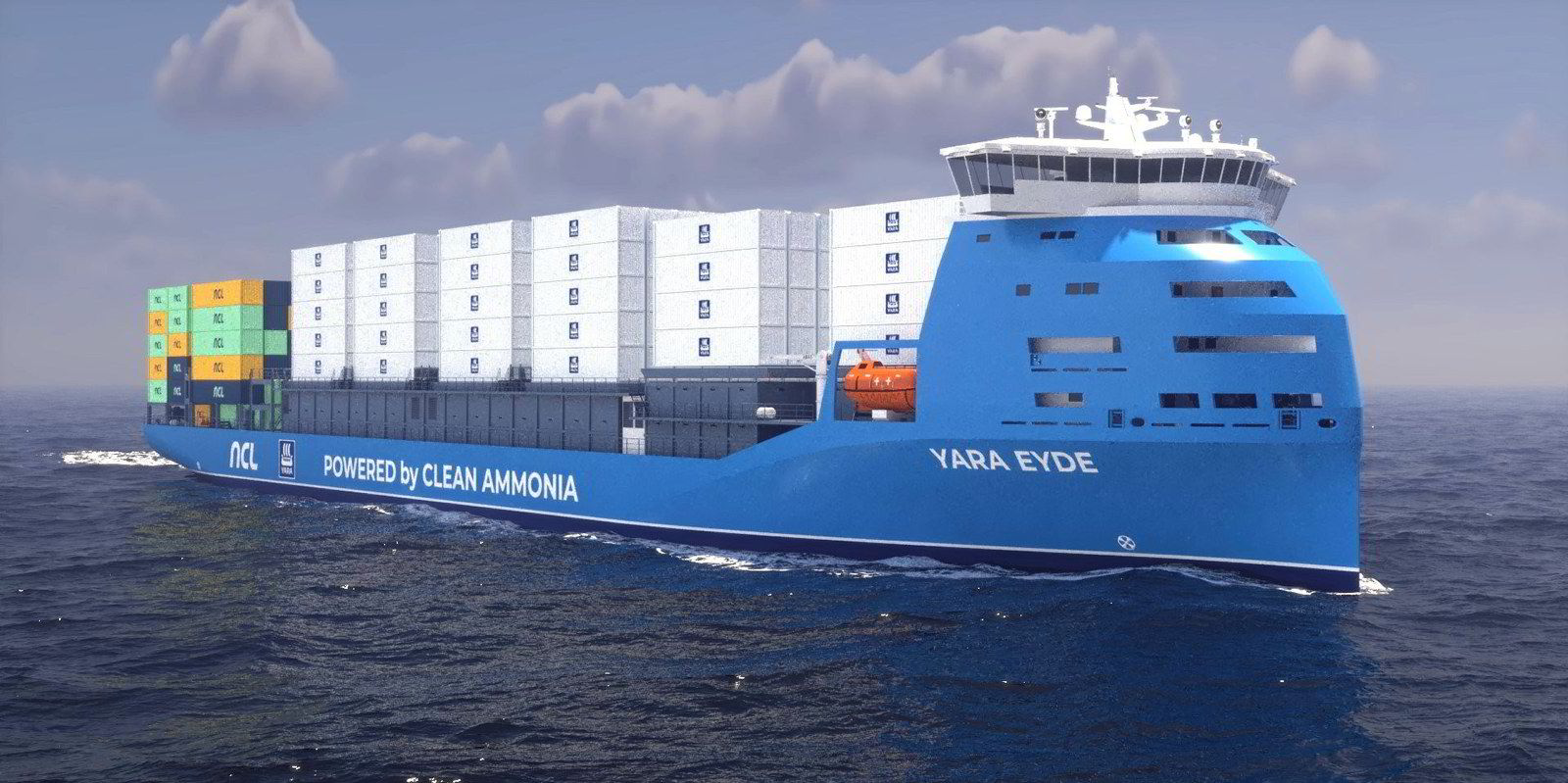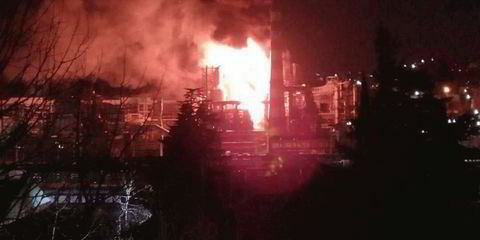A first pair of ammonia-fuelled ships were logged in October, while orders for methanol and LNG-fuelled ships continued to roll on.
In its monthly tally of vessels ordered with alternative fuels, classification society DNV said: “Following in the footsteps of the first orders that were made for LNG, methanol and LPG-powered vessels, the initial orders for ammonia-fuelled vessels are for ships designed to also transport the same fuel as cargo.”
Exmar LPG announced last month that it had ordered two 46,000-cbm ammonia dual-fuel midsize gas carriers at Hyundai Mipo Dockyard in South Korea.
The duo, which will be fitted with WinGD’s new ammonia engine, are scheduled for delivery in early 2026.
DNV Maritime Advisory business principal consultant Martin Wold said: “Finally, we have order confirmation on the first oceangoing vessels with ammonia propulsion.”
Clearly excited by the development — judging by the emoji-laden social media post — Wold described the move as “energy transition in progress”.
“This simplifies the chicken-and-egg dilemma related to fuel availability versus demand,” he said. “It also addresses crew training, as crew will already be trained specifically on gas and ammonia carriers, so this does not become an extra burden or risk to manage.
“October also saw several more announcements of clear intentions for ammonia fuel, which will soon translate into more firm orders.”
DNV also recorded 14 methanol-fuelled vessel orders for October and six for ships that will be able to bunker LNG.
The class society logs a total of 984 LNG-fuelled vessels on its database — 448 existing ships and 536 newbuildings.
It lists 230 methanol-fuelled vessel: 28 existing ships and 202 on order.






